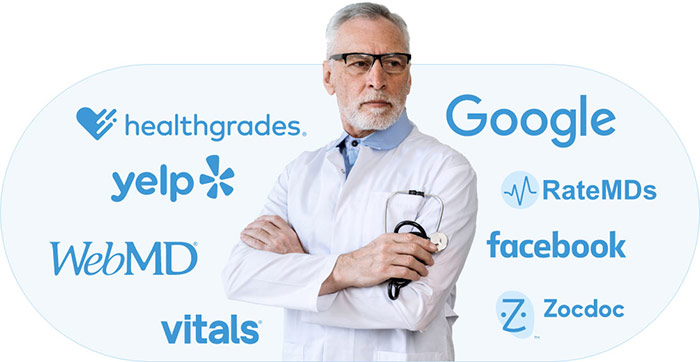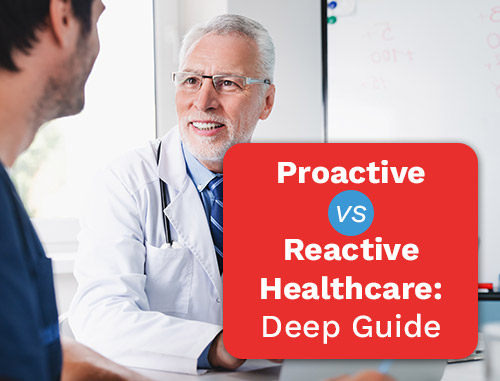Keeping Up With Today’s Hyper-Connected Patients
Posted on
Teaser: Your average patient in 2016 is likely to be an active social media user with more than 300 social media connections. According to Pew Research, nine out of ten American adults now use the Internet regularly. And that figure is as high as 99% among higher-earning households, millennials and college-educated Americans of all ages. And that’s not all…
Patient behaviors have evolved
The Internet has led to the evolution of your typical healthcare patient. Instead of looking for healthcare practices by scanning a printed Yellow Pages directory or asking a relative, today’s prospective new patient typically logs on to the Internet and uses a search engine such as Google, Bing or Yahoo! to find your website, social media pages or online reviews.

Today’s patients check these online resources before they decide to contact a practice even if they have been referred to a specific doctor or healthcare practice by another patient or doctor. Fewer and fewer patients respond to heavily branded external marketing messages in print ads, TV commercials or other traditional media.
Patients trust peers, not “advertising”
Today’s patient does not trust traditional advertising. Today’s patient trusts those in his or her own social network and online reviews from other patients. The decision-making process is far more research-driven than that of earlier patients. And it’s not just younger patient prospects making healthcare decisions this way. The fastest-growing population segment on Facebook today is adults aged 50+. Regardless of age, patients visit practice websites, check branded social media pages and watch YouTube videos. By the time the patient contacts your office, he or she is already prequalified based on his or her own research.

Handling phone calls from prospective patients
This is where the rubber meets the road in new-patient acquisition; where your staff can either make or break the process – and help you gain or lose a new patient – by how they handle each phone call. Ask yourself whether your staff is reinforcing your brand and professional image. Does your staff encourage the same positive feelings that led the prospect to contact you? Does your practice provide helpful educational content that enhances your credibility and promotes your acceptance among patient prospects?
Well-informed patients often make better patients
The typical patient’s decision-making process may seem a bit more complicated than flipping through a Yellow Pages directory, but they are really quite simple. The Internet offers split-second access to a wealth of health information. Today’s typical patient is likely to have read several medical research articles and visited several websites before contacting a doctor, dentist or other type of healthcare practice. This often results in a more informed, more proactive patient whom most doctors or dentists will enjoy treating.

If you would like to know more about reaching, attracting and engaging today’s patients more effectively through social media, call Practice Builders at 800.679.1200 or email info@practicebuilders.com.
If you wish to comment on this electronic newsletter’s content or subject matter, simply email the editor: hedgar@practicebuilders.com.
Or visit us here for more information on our healthcare internet marketing services.


 Reaching The Right Audience Through Target Marketi..
Reaching The Right Audience Through Target Marketi.. Key Elements Affecting Your Website’s Performanc..
Key Elements Affecting Your Website’s Performanc.. Proactive vs. Reactive Healthcare: Deep Guide
Proactive vs. Reactive Healthcare: Deep Guide